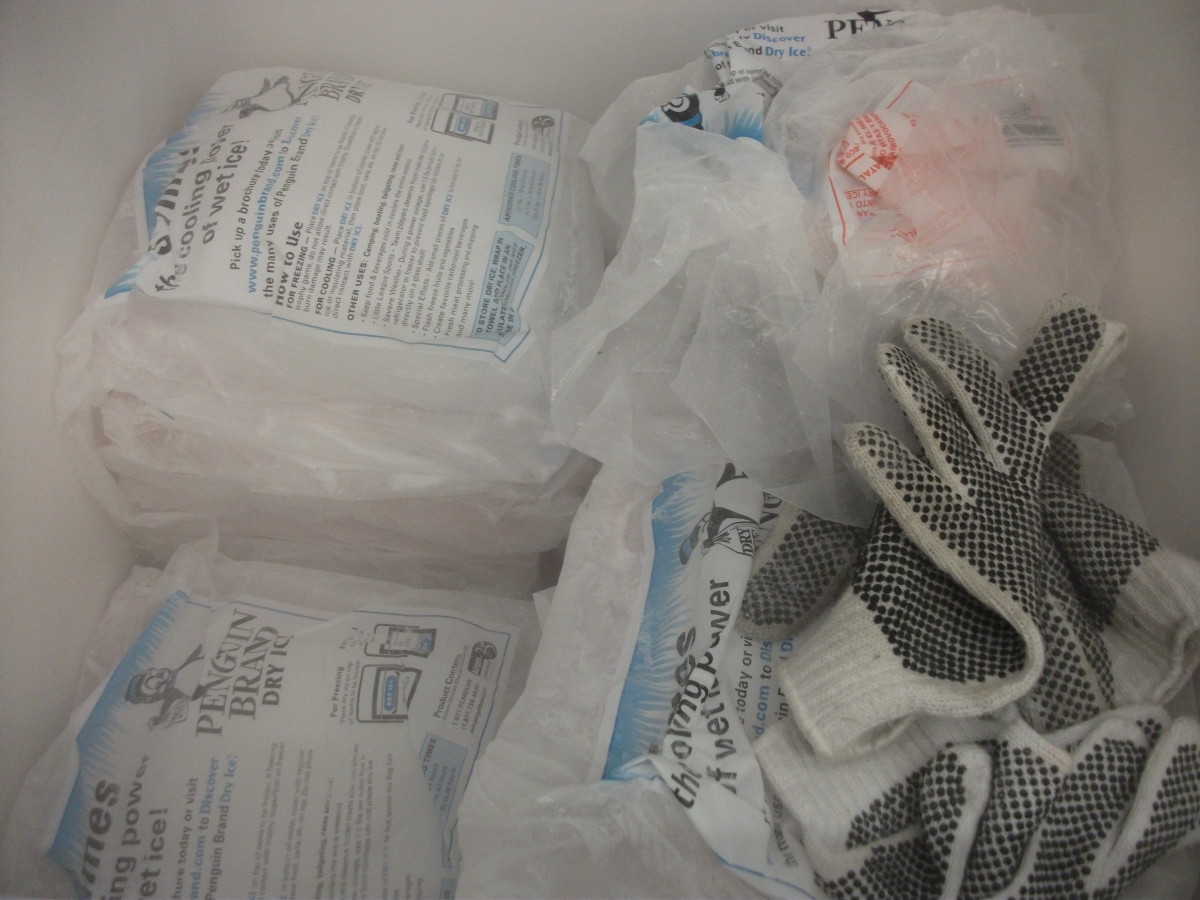

Articles
How To Store Dry Ice In A Cooler
Modified: April 22, 2024
Learn how to safely store dry ice in a cooler with these helpful articles. Keep your food and drinks chilled and fresh for longer periods.
(Many of the links in this article redirect to a specific reviewed product. Your purchase of these products through affiliate links helps to generate commission for Storables.com, at no extra cost. Learn more)
Introduction
Dry ice is a versatile material commonly used for various purposes, including transportation of perishable goods, creating special effects in theater and film productions, and even in scientific experiments. It is the solid form of carbon dioxide gas and is extremely cold, making it ideal for keeping items cold or frozen for an extended period of time. If you need to store dry ice, using a cooler is a convenient and effective method. This article will guide you on how to properly store dry ice in a cooler to ensure its longevity and effectiveness.
Before we dive into the details, it’s important to note that safety should be your top priority when handling dry ice. Direct skin contact with dry ice can cause frostbite or serious burns, so always use protective gloves or tongs when handling it. In addition, make sure to store dry ice in a well-ventilated area, as it releases carbon dioxide gas, which can displace oxygen in confined spaces.
Choosing the right cooler for storing dry ice is crucial to maintain its cold temperature. Opt for a high-quality cooler with thick insulation and a tight-sealing lid. This will help to minimize temperature fluctuations and keep the dry ice frozen for a longer period of time. Look for coolers specifically designed for extended ice retention or those that are labeled as suitable for dry ice storage.
Once you have selected the appropriate cooler, it’s important to properly prepare it before storing the dry ice. Start by thoroughly cleaning the cooler using mild soap and water. Rinse it well and allow it to dry completely. This ensures that no residual odors or contaminants will affect the dry ice or the items you intend to store alongside it. Avoid using any cleaning agents with strong odors or chemicals, as they may leave a residue that could taint the dry ice or your food items.
When wrapping dry ice, it’s essential to use a suitable material that provides insulation and prevents direct contact with the contents of the cooler. Wrapping the dry ice in multiple layers of newspaper or using a specialized dry ice wrap made of breathable materials like burlap or paper towels are good options. Remember to leave enough space between the dry ice and the walls of the cooler, as this allows for optimal air circulation and temperature distribution.
Key Takeaways:
- Prioritize safety when handling dry ice by using protective gloves, choosing a well-ventilated cooler, and storing it out of reach of children and pets to prevent accidents and injuries.
- Select a high-quality cooler with thick insulation, a tight-sealing lid, and durability to effectively store dry ice. Properly prepare the cooler, wrap the dry ice, and maintain temperature to ensure optimal storage.
Read more: How To Store Dry Ice In Cooler
Safety Precautions
When it comes to handling dry ice, taking the necessary safety precautions is of utmost importance to ensure the well-being of yourself and those around you. Here are some essential safety guidelines to follow when storing dry ice in a cooler:
- Use protective gloves: Always wear thick gloves, such as insulated or leather gloves, when handling dry ice. This will protect your skin from severe cold burns or frostbite. Avoid direct contact with the dry ice to prevent any potential injuries.
- Avoid airtight containers: Never store dry ice in airtight containers, as the buildup of carbon dioxide gas can cause pressure to build up and potentially lead to an explosion or damage the container. Always use a well-ventilated cooler or storage container.
- Store in a well-ventilated area: Make sure the area where you store dry ice is well-ventilated. Dry ice releases carbon dioxide gas as it sublimates, and this gas can displace oxygen in closed or poorly ventilated spaces. Lack of oxygen can be dangerous, so always ensure proper ventilation.
- Keep out of reach: Store the cooler with dry ice in an area where it is out of reach of children or pets. While dry ice may seem fascinating, it can cause serious burns or injuries if mishandled.
- Do not ingest: Never ingest dry ice or allow it to come into direct contact with food or beverages that will be consumed. Dry ice can cause serious harm if ingested and should only be used for its intended purpose of keeping items cold or frozen.
- Be cautious with enclosed spaces: If you plan to store dry ice in a closed vehicle or small enclosed space, such as a camping tent, exercise caution. Ensure that there is proper ventilation and never leave the enclosed space unattended for an extended period.
- Dispose of properly: When you no longer need the dry ice, do not dispose of it in regular trash cans or down the drain. Allow the dry ice to safely sublimate in a well-ventilated area, or consult local guidelines for proper disposal methods.
By following these safety precautions, you can ensure a safe and hassle-free experience when storing dry ice in a cooler. It is vital to prioritize safety at all times to avoid any potential accidents or injuries related to the use of dry ice.
Choosing the Right Cooler
When it comes to storing dry ice, choosing the right cooler is essential to maintain its cold temperature and ensure its effectiveness. Here are some factors to consider when selecting a cooler:
- Insulation: Look for a cooler with thick walls and high-quality insulation. Insulation is crucial to minimize temperature fluctuations and keep the dry ice frozen for an extended period. Coolers with thick insulation, such as those made of rotomolded plastic or with polyurethane foam, are excellent choices.
- Lid sealing: A cooler with a tight-sealing lid is vital to prevent cold air from escaping and warm air from entering the cooler. Check for coolers with quality seals or gaskets that provide a secure closure. This will help maintain the temperature inside and prolong the longevity of the dry ice.
- Size: Consider the size of the cooler based on your specific needs. If you anticipate storing a large quantity of dry ice or a significant number of items alongside it, opt for a larger cooler. However, keep in mind that a larger cooler may require more dry ice to maintain the desired temperature.
- Portability: If you plan to transport the cooler with dry ice, consider its portability. Look for coolers with sturdy handles and wheels for easy maneuverability. Pay attention to the weight of the cooler, as it will become heavier once loaded with dry ice.
- Durability: Choose a cooler that is built to last. Look for coolers made of durable materials that can withstand rough handling and harsh conditions. Features like UV resistance and impact resistance can ensure the longevity of the cooler and its ability to effectively store dry ice.
- Specialized coolers: Consider coolers specifically designed for extended ice retention or explicitly labeled as suitable for dry ice storage. These coolers often come with additional features like reinforced insulation, enhanced sealing mechanisms, and built-in compartments for better organization.
By considering these factors, you can select a cooler that is well-suited for storing dry ice. Remember that investing in a high-quality cooler will not only ensure the proper storage of dry ice but also provide long-lasting functionality for future use.
Preparing the Cooler
Properly preparing the cooler before storing dry ice is crucial for maintaining its cold temperature and optimizing its effectiveness. Follow these steps to ensure your cooler is ready:
- Clean the cooler: Start by thoroughly cleaning the cooler using mild soap and water. Rinse it well to remove any soap residue and allow it to air dry completely. This step is essential to eliminate any odors or contaminants that may affect the dry ice or the items you plan to store alongside it. Avoid using cleaning agents with strong odors or chemicals, as they can leave a residue that may taint the dry ice or your food items.
- Pre-chill the cooler: If possible, pre-chill the cooler by placing ice packs or regular ice inside for a few hours before adding the dry ice. Pre-chilling the cooler helps to lower its internal temperature, creating a colder environment for the dry ice to retain its temperature for an extended period.
- Ensure a dry interior: Before adding the dry ice, ensure that the interior of the cooler is completely dry. Moisture can accelerate the sublimation process of dry ice and reduce its effectiveness. Wipe the interior of the cooler with a clean, dry cloth if needed.
- Line the cooler: To provide additional insulation and protect the dry ice from direct contact with the contents of the cooler, line the interior walls and base with a layer of insulating material. You can use towels, newspaper, or dedicated dry ice wraps made of breathable materials like burlap or paper towels. This layer helps maintain the optimal temperature and prevents the dry ice from freezing items directly against the cooler walls.
- Organize the items: If you plan to store perishable items alongside the dry ice, organize them in the cooler with the most vulnerable items closest to the dry ice. This ensures that they receive the maximum cooling effect from the dry ice. Keep in mind that perishable items should be properly packaged and sealed to maintain their freshness and prevent cross-contamination.
By following these preparation steps, you will create an ideal environment in the cooler for storing dry ice and maintaining the desired cold temperature. Taking the time to prepare the cooler properly ensures optimal performance and the longevity of the dry ice.
Wrapping Dry Ice
Properly wrapping dry ice is an essential step in storing it in a cooler. Wrapping the dry ice helps to insulate it, prevent direct contact with the contents of the cooler, and maintain its effectiveness. Follow these guidelines when wrapping dry ice:
- Use appropriate materials: There are several options for wrapping dry ice. You can use multiple layers of newspaper, which provides insulation and helps to cushion the dry ice. Alternatively, you can use specialized dry ice wraps made of breathable materials like burlap or paper towels. These wraps are designed specifically for dry ice storage and offer efficient insulation.
- Avoid airtight wrapping: When wrapping the dry ice, avoid creating an airtight seal. Dry ice releases carbon dioxide gas as it sublimates, and an airtight seal can cause pressure to build up inside the wrapping. This pressure can potentially lead to an explosion or damage the wrapping material. Leave a small opening or gap in the wrapping to allow for the release of gas.
- Wrap the dry ice securely: Ensure that the dry ice is wrapped securely to prevent it from coming into direct contact with the contents of the cooler. This avoids freezing items directly against the dry ice, which may cause them to become overly frozen or damaged. Wrap the dry ice tightly to minimize air gaps and maintain consistent temperature distribution.
- Leave space between dry ice and cooler walls: It’s important to leave some space between the wrapped dry ice and the walls of the cooler. This allows for proper air circulation and distribution of cold temperatures throughout the cooler. It also helps to prevent excessive freezing in a specific area.
- Consider using dividers: If you plan to store different items in the cooler alongside the dry ice, consider using dividers or separate containers to create compartments. This prevents direct contact between the dry ice and specific items and allows for better organization.
Remember, the goal of wrapping dry ice is to provide insulation, prevent direct contact with the contents of the cooler, and maintain a consistent temperature. By following these guidelines, you can ensure that the dry ice is properly wrapped and ready for storage in the cooler.
Read more: How To Store Dry Ice
Placing Dry Ice in the Cooler
Once you have properly wrapped the dry ice, it’s time to place it in the cooler. Knowing the correct method of placing the dry ice in the cooler ensures optimal cooling and allows for efficient use of space. Consider the following steps when placing dry ice in the cooler:
- Create a base layer: Start by creating a base layer inside the cooler using additional insulation materials such as towels or newspaper. This layer acts as a cushion and provides extra insulation for the dry ice.
- Arrange the dry ice: Place the wrapped dry ice carefully on top of the base layer. Ensure that it is positioned evenly and does not come into direct contact with the walls or bottom of the cooler.
- Leave space between dry ice pieces: If you have multiple pieces of dry ice, it’s important to leave space between them. This allows for proper air circulation and enhances the even distribution of cold temperatures. Avoid stacking the dry ice directly on top of each other, as this can inhibit adequate airflow.
- Stack items strategically: If you are storing items alongside the dry ice, strategically stack them around the dry ice. Place the most perishable or delicate items closest to the dry ice, as they will benefit the most from its cold temperature. Properly package and seal all food items to maintain their freshness and prevent cross-contamination.
- Add additional insulation: After placing the dry ice and items in the cooler, add more insulation material around and on top of them. Use towels, blankets, or additional layers of newspaper to fill any empty spaces and create a well-insulated environment.
- Close the cooler lid: Once the dry ice and items are properly placed and insulated, securely close the lid of the cooler. Ensure that it forms a tight seal to prevent any cold air from escaping and warm air from entering.
By following these steps, you can effectively place the dry ice in the cooler, maximize its cooling potential, and maintain the desired cold temperature inside the cooler. Remember to handle the dry ice with care to avoid any injuries or accidents.
When storing dry ice in a cooler, make sure to use thick gloves to handle it and never seal the cooler completely to allow for the release of carbon dioxide gas. Also, place the cooler in a well-ventilated area to prevent the buildup of gas.
Insulating the Cooler
Insulating the cooler is a crucial step in storing dry ice to maximize its effectiveness and maintain the desired temperature. Proper insulation helps to minimize temperature fluctuations, prevent heat transfer, and prolong the longevity of the dry ice. Here’s how you can insulate the cooler for optimal cooling:
- Add extra insulation: Start by adding additional insulation around the dry ice and items in the cooler. This can be in the form of towels, blankets, or additional layers of newspaper. Place them on top and around the items, ensuring that no gaps are left unfilled.
- Avoid opening the cooler frequently: Opening the cooler frequently can cause a significant drop in temperature inside. Limit the frequency and duration of opening the cooler to prevent unnecessary heat from entering and cold air from escaping. This helps to maintain a consistent and cold environment.
- Keep the cooler in a cool environment: Place the cooler in a cool and shaded area away from direct sunlight or other heat sources. High ambient temperatures can increase the rate of dry ice sublimation and reduce its effectiveness. Keeping the cooler in a cool environment helps to maintain the desired temperature for a longer period.
- Avoid placing the cooler on hot surfaces: Always place the cooler on a cool surface, such as grass or shaded ground, instead of hot pavement or concrete. This prevents heat transfer from the ground, which can negatively impact the cooler’s insulation and overall performance.
- Consider using ice packs or frozen water bottles: If you need to store items that require a temperature slightly above freezing, you can consider using ice packs or frozen water bottles alongside the dry ice. These additional cooling sources can help maintain a specific temperature range for perishable items.
- Monitor the temperature: Keep an eye on the internal temperature of the cooler using a thermometer. This allows you to ensure that the temperature remains within the desired range and make any adjustments if necessary.
By properly insulating the cooler, you can extend the life of the dry ice and maintain the desired temperature for a longer period. Keeping the cooler in a cool environment and minimizing heat transfer helps to optimize the effectiveness of dry ice as a cooling agent.
Maintaining the Temperature
Maintaining the temperature of the cooler is crucial when storing dry ice to ensure its effectiveness in keeping items cold or frozen. By implementing the following practices, you can help prolong the longevity of the dry ice and maintain the desired temperature:
- Minimize opening the cooler: Limit the frequency and duration of opening the cooler as much as possible. Every time the cooler is opened, cold air escapes and warm air enters, causing temperature fluctuations. Only open the cooler when necessary and try to retrieve all needed items at once.
- Close the cooler lid tightly: After accessing the cooler, make sure to securely close the lid. Ensure that it forms a tight seal to prevent any cold air from escaping and warm air from entering. This will help maintain a consistent temperature inside the cooler.
- Monitor the temperature: Keep an eye on the internal temperature of the cooler using a thermometer. Regularly check the temperature to ensure that it is within the desired range. If the temperature starts to rise, you may need to adjust the insulation or add more dry ice to maintain the desired cooling effect.
- Be cautious with warmer items: If you plan to add warmer items to the cooler, allow them to cool down to room temperature before placing them in the cooler. Adding warm items to the cooler can cause a rapid increase in temperature, leading to increased sublimation of the dry ice.
- Replenish the dry ice if needed: As dry ice sublimates over time, it will gradually decrease in volume. If the dry ice has completely sublimated or if the temperature inside the cooler is no longer maintaining the desired level, it may be necessary to replenish the dry ice. Follow proper safety precautions when handling and adding new dry ice.
- Isolate the dry ice: If you need to store different items with varying temperature preferences inside the same cooler, consider isolating the dry ice from the other items. Use dividers or separate containers to create compartments within the cooler. This prevents items from directly contacting the dry ice and allows for better temperature management.
- Use a backup cooling method if necessary: In case of an extended period without access to additional dry ice, consider using alternative cooling methods such as ice packs or frozen water bottles. These can help maintain the desired temperature until you can replenish the dry ice supply.
By implementing these measures, you can help maintain the temperature inside the cooler and optimize the effectiveness of the dry ice. Regular monitoring, minimizing heat transfer, and proper insulation are key to extending the life of the dry ice and ensuring that your stored items remain cold or frozen for an extended period of time.
Closing the Cooler
Closing the cooler properly is a crucial step in maintaining the temperature and ensuring the effectiveness of storing dry ice. When closing the cooler, it’s important to follow these guidelines:
- Ensure a tight seal: Before closing the cooler, make sure the lid is properly aligned and forms a tight seal. This will prevent any cold air from escaping and warm air from entering the cooler, which could lead to a decrease in the effectiveness of the dry ice.
- Double-check the closure mechanism: Some coolers have latches or locking mechanisms to secure the lid in place. Ensure that these mechanisms are fully engaged and locked to further enhance the seal and prevent any accidental opening of the cooler.
- Avoid overpacking the cooler: While it may be tempting to pack the cooler with as many items as possible, be mindful of not overpacking it. Overpacking can lead to gaps in the insulation or unnecessary pressure on the dry ice, both of which can affect the overall temperature regulation.
- Secure loose items: If there are any loose items in the cooler, such as small food containers or bags, secure them to prevent them from shifting when the cooler is moved or transported. This helps maintain the organization of the cooler and prevents any potential damage or leakage.
- Consider using additional external insulation: To provide extra insulation and further maintain the temperature inside the cooler, you can consider using additional layers of insulation outside the cooler. This can be in the form of blankets or towels wrapped around the cooler or even placing the cooler inside an insulated bag or cover.
- Note the recommended storage time: Pay attention to the recommended storage time for dry ice. This information can usually be found on the dry ice packaging. If you plan to store items for an extended period, consider adding more dry ice or using alternative cooling methods when the initial supply starts to sublimate.
By following these steps and ensuring a proper closure of the cooler, you can maintain the desired temperature for a longer period and ensure the effectiveness of storing dry ice. Take the time to double-check the seal and secure any loose items to prevent any potential temperature fluctuations or damage during storage or transportation.
Read more: How To Store Dry Ice Overnight
Safety Tips and Considerations
When storing dry ice in a cooler, it’s essential to prioritize safety to prevent any accidents or injuries. Here are some important safety tips and considerations to keep in mind:
- Handling dry ice: Always handle dry ice with caution. Never touch it with bare hands, as direct contact can cause frostbite or severe burns. Use thick gloves or tongs to handle the dry ice and ensure you are working in a well-ventilated area to prevent oxygen displacement.
- Proper ventilation: Ensure that there is adequate ventilation when storing dry ice. The sublimation of dry ice releases carbon dioxide gas, which can displace oxygen in confined spaces. Store and use dry ice in well-ventilated areas to avoid any potential health hazards.
- Storage containers: Never store dry ice in airtight containers, as the buildup of carbon dioxide gas can cause pressure to build up inside and potentially lead to an explosion. Use coolers or storage containers with proper ventilation to allow for the release of carbon dioxide gas.
- Safe transportation: If you need to transport dry ice in a vehicle, ensure proper ventilation and secure the cooler to prevent it from shifting or falling during transit. Avoid transporting dry ice in the passenger compartment of a vehicle, especially in enclosed spaces.
- Dispose of dry ice properly: When you no longer need the dry ice, do not dispose of it in regular trash cans or down the drain. Allow the dry ice to safely sublimate in a well-ventilated area or follow local guidelines for proper disposal methods. Do not leave dry ice unattended where it may come into contact with children or pets.
- First aid measures: In case of direct skin contact or exposure to dry ice, immediately wash the affected area with warm water and seek medical attention if necessary. If dry ice has been ingested, seek urgent medical attention and provide as much information as possible about the incident.
- Education and awareness: Educate yourself and those around you about the proper handling and storage of dry ice. Understanding the safety precautions and risks associated with dry ice can help prevent accidents and ensure a safe storage experience.
By following these safety tips and considerations, you can minimize the risks associated with storing dry ice in a cooler. Prioritize safety, handle dry ice with care, and always use common sense when storing and transporting dry ice.
Conclusion
Storing dry ice in a cooler is a practical and effective method for keeping items cold or frozen for an extended period. By following the proper procedures and safety precautions, you can ensure the longevity and effectiveness of the dry ice. Here are some key takeaways to remember:
First and foremost, prioritize safety when handling dry ice. Always wear protective gloves and work in a well-ventilated area to prevent direct contact and oxygen displacement.
Choosing the right cooler is essential for maintaining the cold temperature. Look for a cooler with thick insulation, a tight-sealing lid, and durability for long-term use. Consider specialized coolers designed for dry ice storage if possible.
Preparing the cooler by cleaning it thoroughly, pre-chilling if feasible, and lining it with insulation materials helps create an optimal environment for the dry ice and your items.
When wrapping the dry ice, use appropriate materials like newspaper or specialized dry ice wraps. Avoid airtight wrapping and leave space between the dry ice pieces and the cooler walls to ensure proper air circulation.
Proper placement of the dry ice in the cooler, along with strategic organization of items, helps maintain temperature consistency and airflow. Insulate the cooler with additional materials, close the lid tightly, and monitor the temperature regularly.
Above all, prioritize safety at all times. Minimize opening the cooler, handle warmer items with care, and be aware of the recommended storage time for dry ice.
By following these guidelines and considering safety at every step, you can successfully store dry ice in a cooler and ensure the preservation of your cold or frozen items. Remember to dispose of dry ice properly and educate yourself and others about the proper handling and storage of this versatile material.
With these tips in mind, you are now equipped to store dry ice in a cooler efficiently and securely. Enjoy the convenience and benefits of keeping your items cold or frozen with dry ice!
Frequently Asked Questions about How To Store Dry Ice In A Cooler
Was this page helpful?
At Storables.com, we guarantee accurate and reliable information. Our content, validated by Expert Board Contributors, is crafted following stringent Editorial Policies. We're committed to providing you with well-researched, expert-backed insights for all your informational needs.
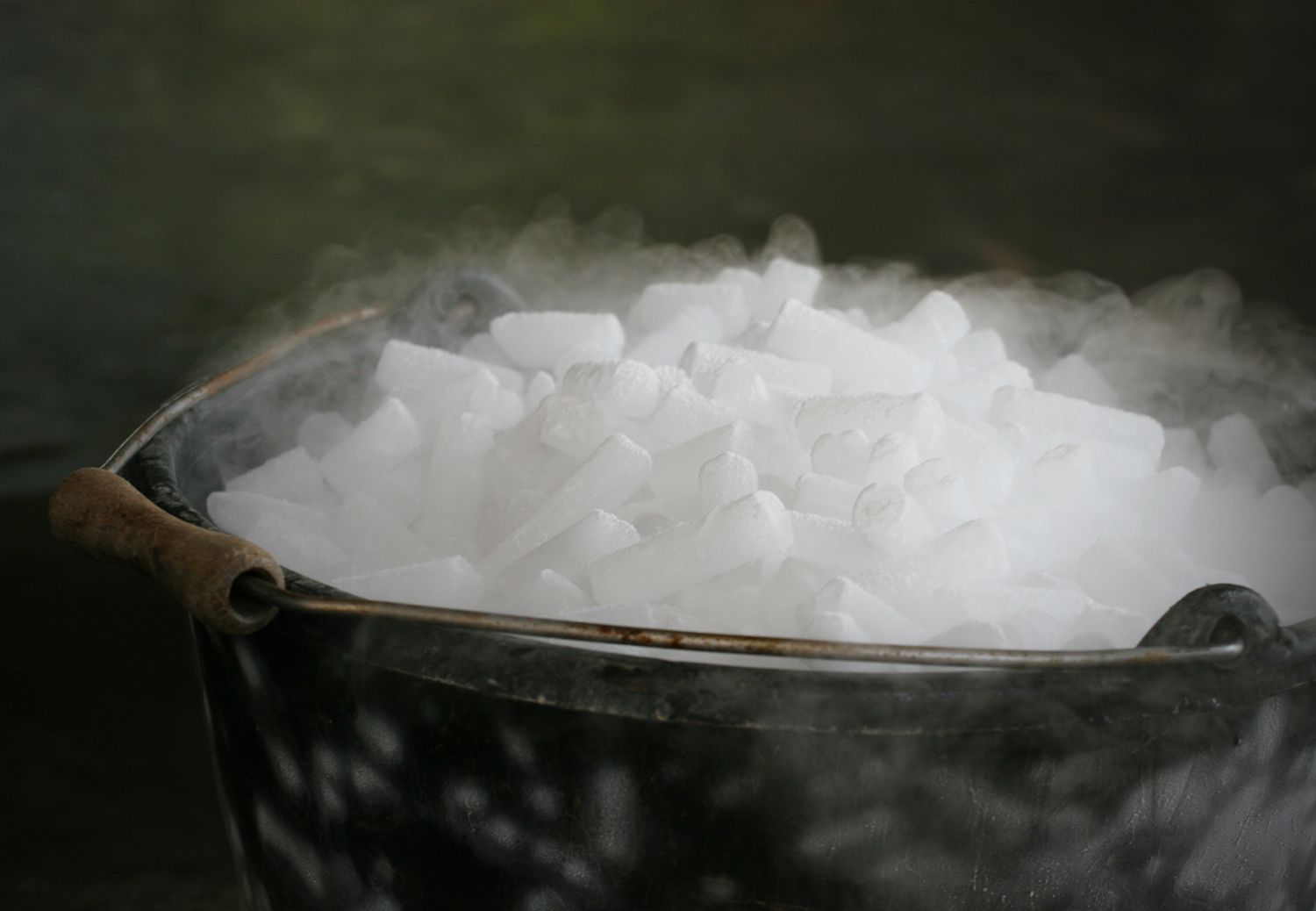
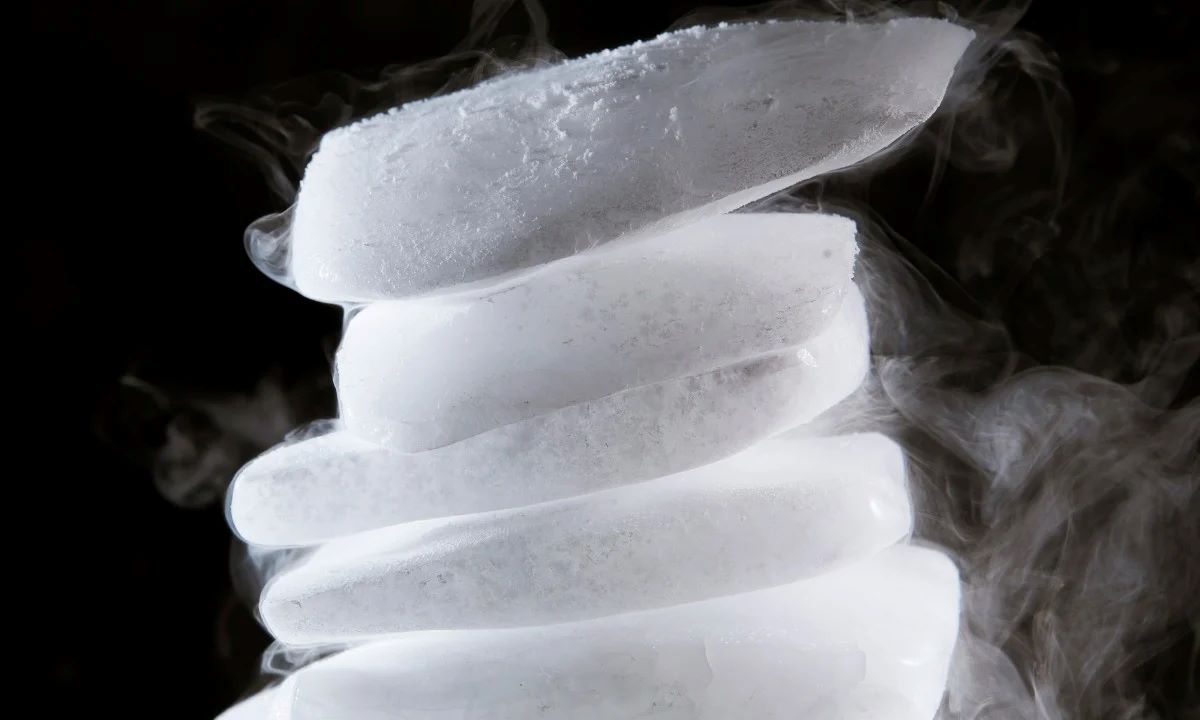
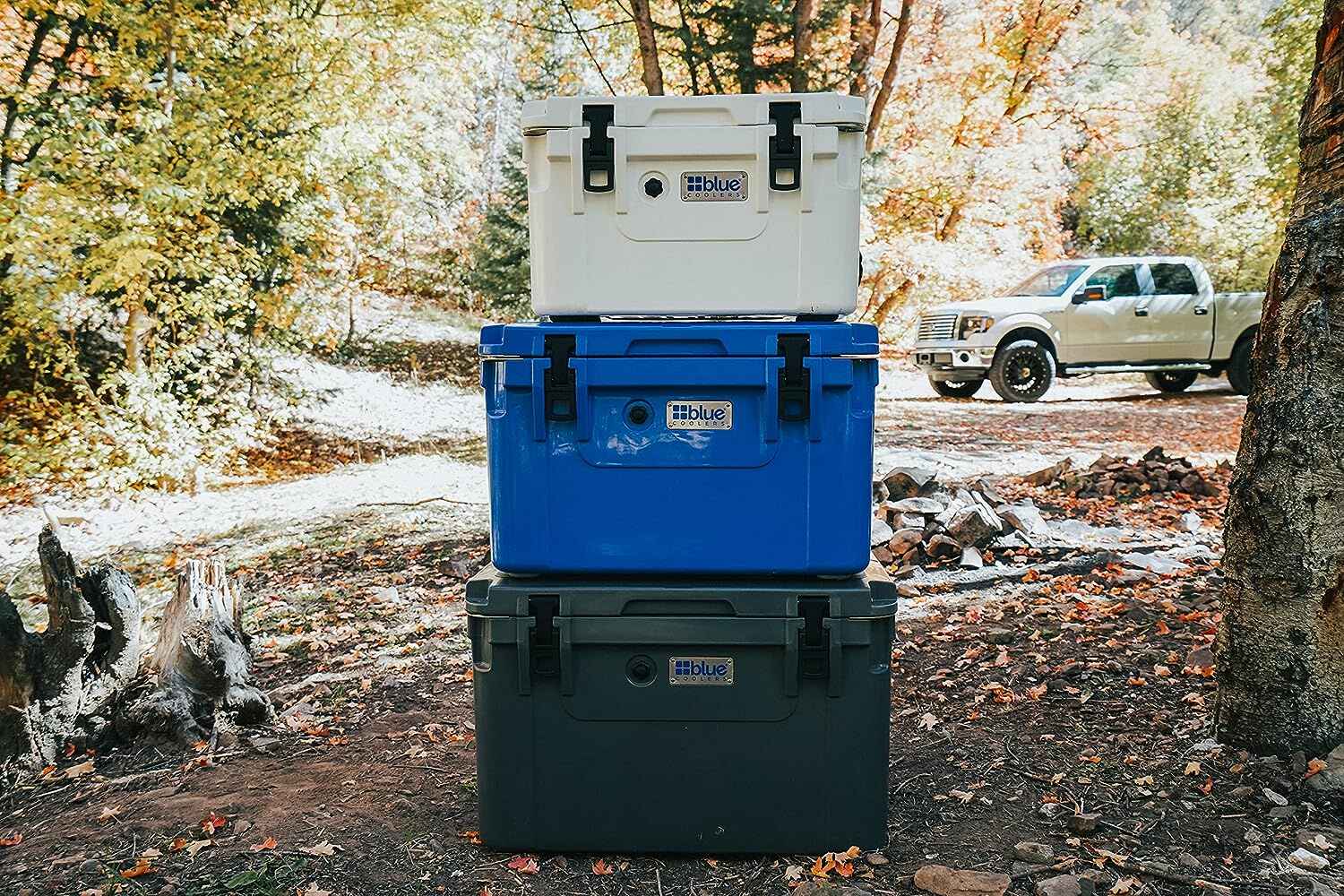


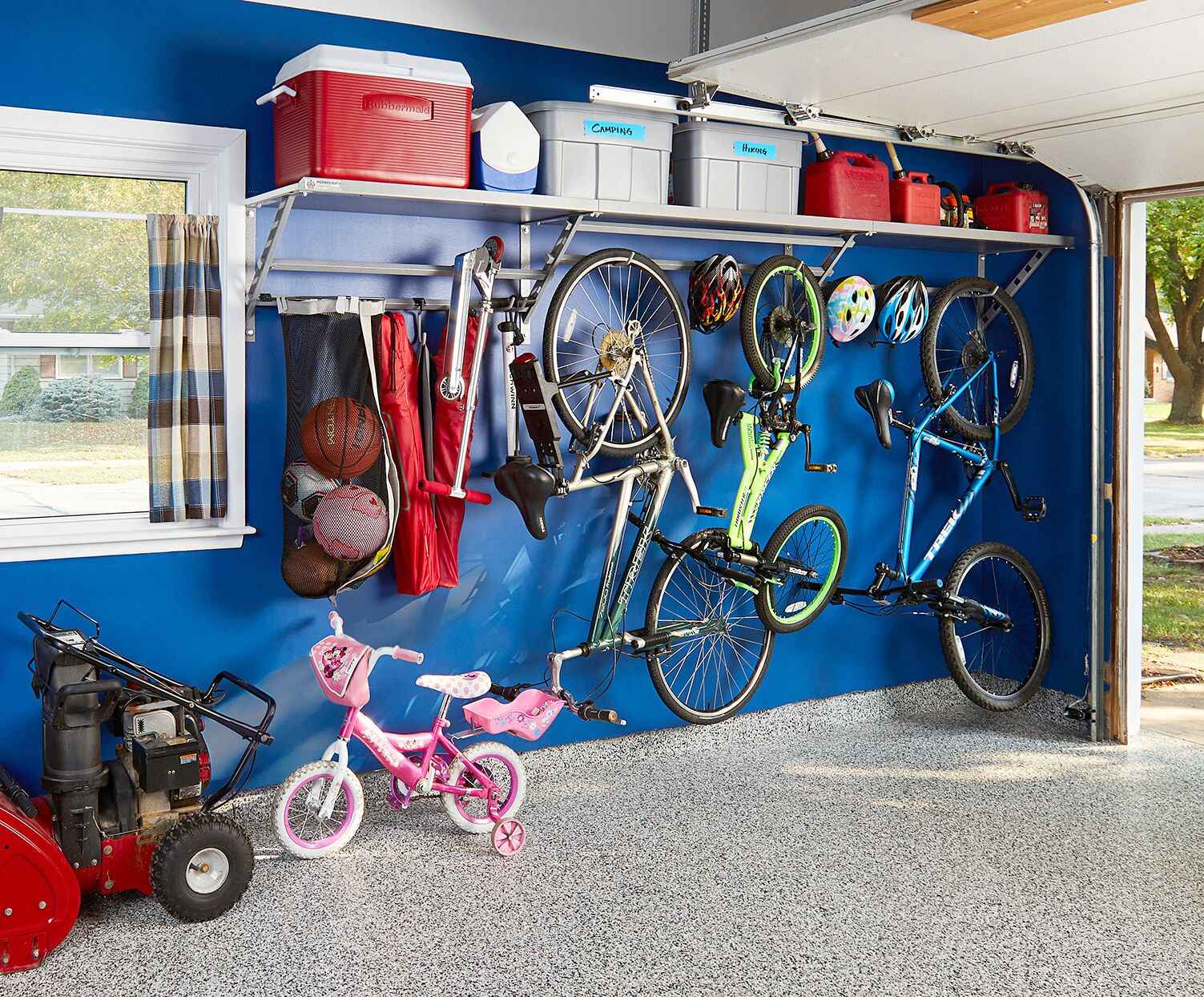
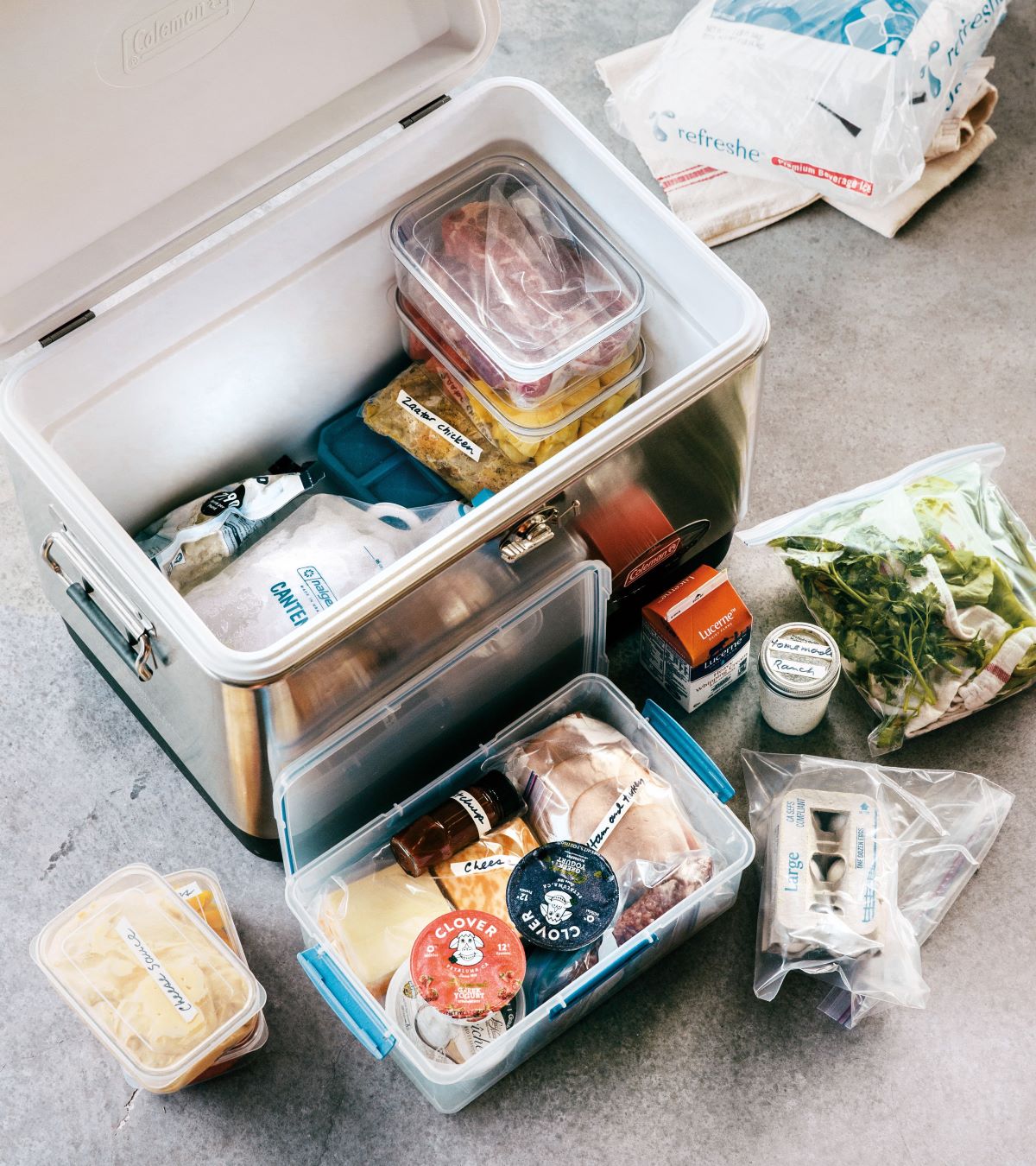
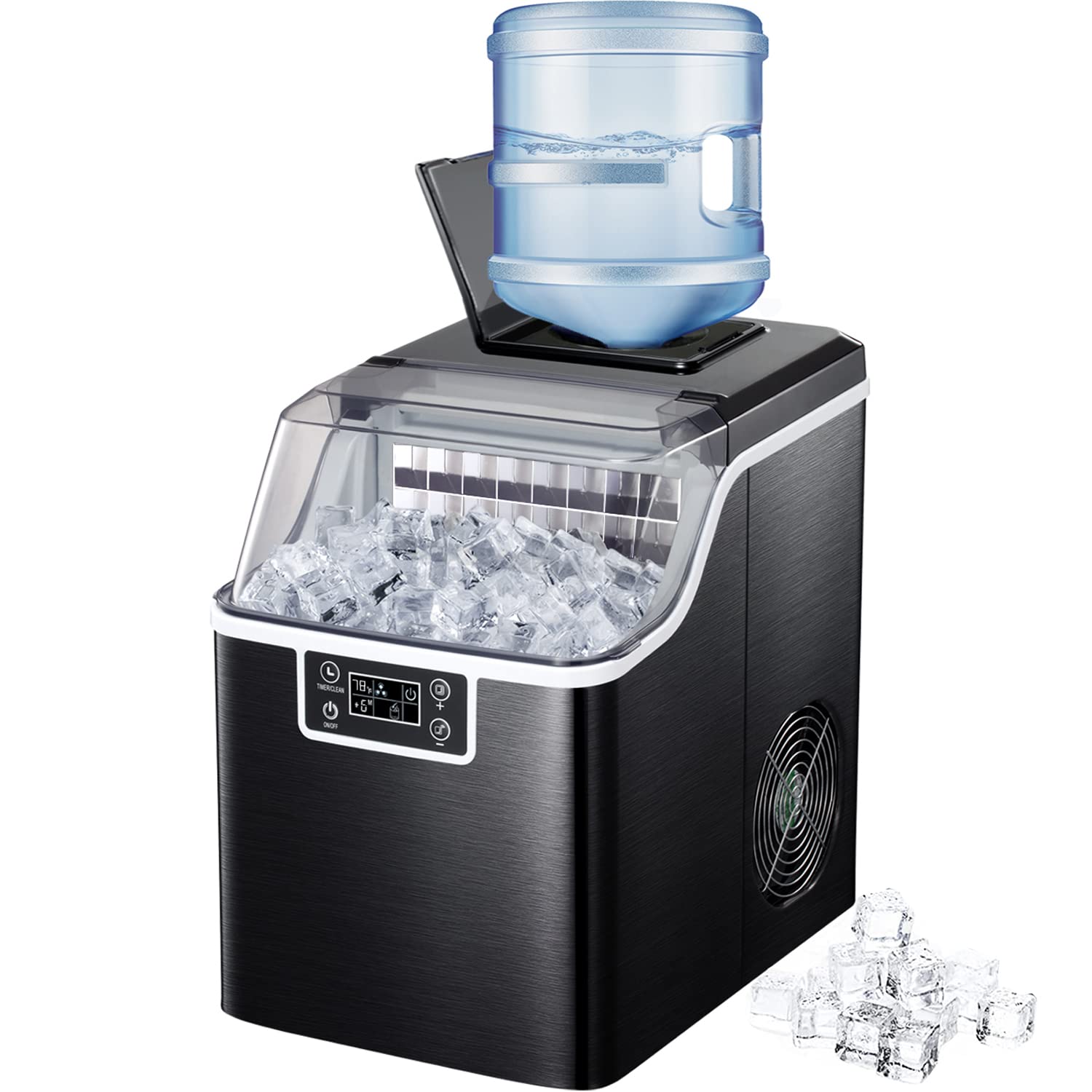
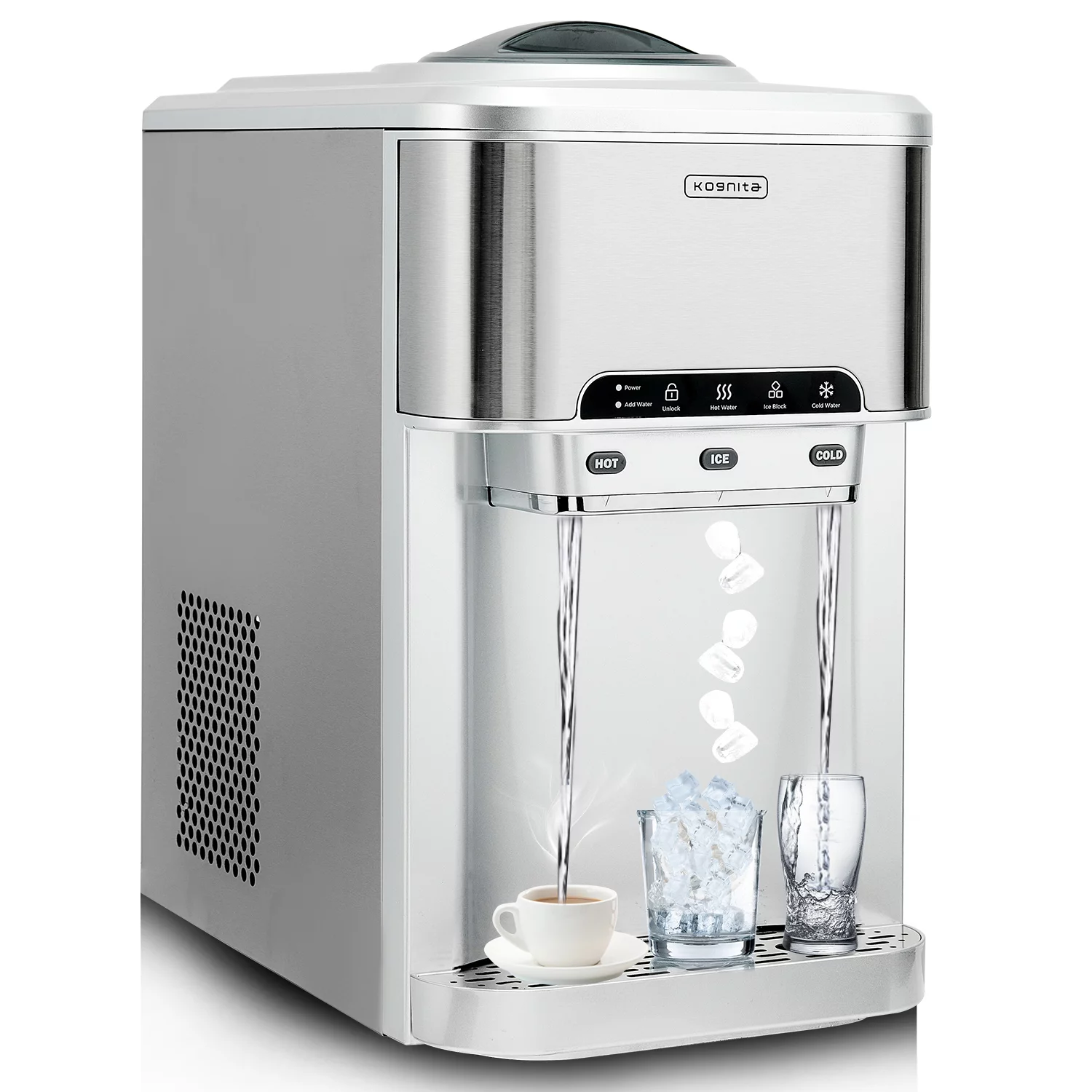
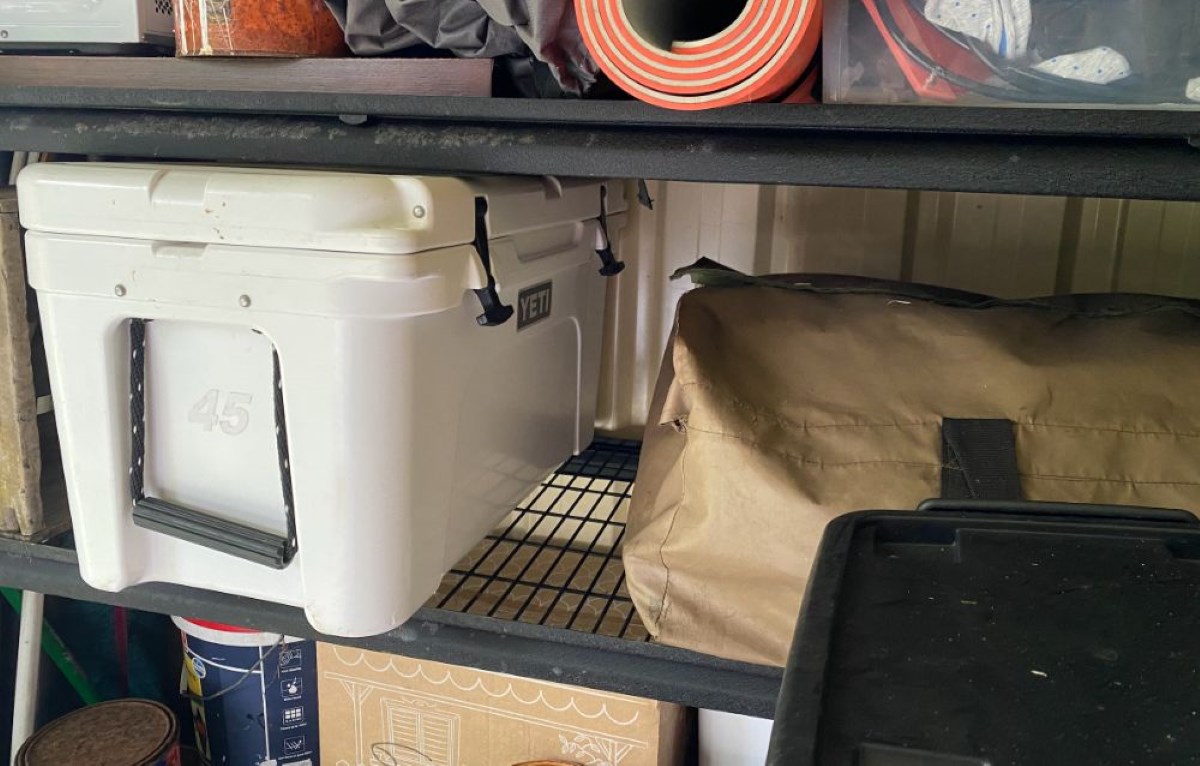




0 thoughts on “How To Store Dry Ice In A Cooler”